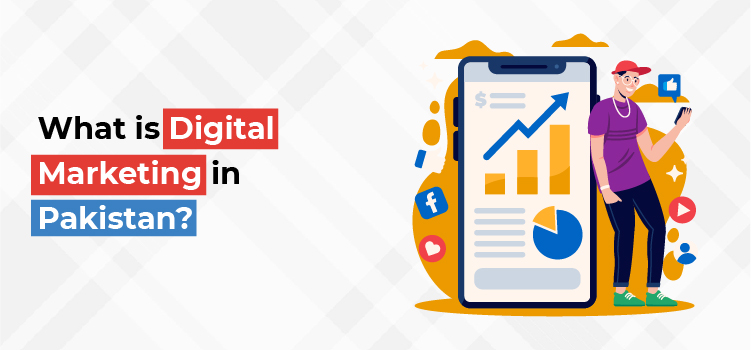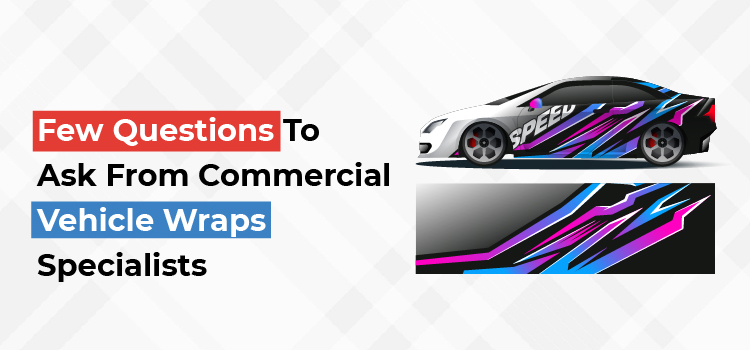When we think about logos we think of something simple, bougie, and aesthetically unique for every brand representation. And is considered modernity. However, it is not true, brands have been creating a unique and different impact on logo designing to promote their brand significantly for over decades. To communicate a brand’s visual identity, humans have been using many symbolic designs throughout history.
The origins of logos may be traced back to old family crests, hieroglyphs, and symbolism. Logos first appeared in the Middle Ages about 1300 – AD, when stores and bars utilized signs to reflect what they did. The first contemporary logo designs were established in the early 1900s when mass printing became more popular.
The Modern Times!!
As we learn about the history of the logo, I will jump onto the next askable question that, what is the term modern? – the term modern is used to intel something new, trendy, and fashionable.
Wake of modernism period and foster change in innovative industrialization promotes trying out for new things and innovate new perspectives and ideas. Modernism always pushes away things further ahead that lead us to different trends every day.
Today, Modern art is inspired by spheres of designs, literature art, performing art, and fine arts. If we talk about the digital world, terms would be graphic designing, logo and branding. Promotes different experiments with simple forms, compositions, fonts, and primary hues.
And The Modern Logos!
A modern logo incorporates elements of the modern movement and might benefit firms searching for a less complicated, timeless design. Modernism’s principles, unaffected by the ebb and flow of logo design fads, are still very much alive and well, and continue to affect the world of design and branding. Every day, we witness logos whose success may be ascribed to their contemporary traits across sectors of all kinds.
But why logos are so important?
You must be wondering why logos are such a big debate and a throughout discussing conversation. Why not just talk about the few aspects that can make you realize why do we need a fully custom powerful logo for our brand.
-
Grab attention:
Getting someone’s attention these days is tough since the attention span has dropped to barely eight seconds. A well-designed logo, on the other hand, may keep people’s attention for a few seconds longer. That is enough to get people to learn more about the company.
-
The powerful first impression is what brands need:
A company’s first impression on potential consumers may even result in them becoming loyal clients. With its strategic and aesthetically pleasing design, a logo may help a firm establish a good first impression.
-
Brand’s tale:
One of the reasons contemporary logos stand out is that they communicate a brand’s narrative. Every company has its own story, which serves as the foundation for selecting colors and other aspects of the logo. As a result, when individuals see a logo, they are reminded of that tale.
-
Protrude brand:
Each market has its group of rivals. A new firm must stand out for clients to see it differently. Modern logos are intended to provide the idea that the company behind the emblem is exceptional.
-
Promotes brand loyalty:
When consumers see a well-crafted logo design, they enjoy it and get a favorable opinion of the firm. When customers begin to use the company’s products or services, they begin to link quality and similar qualities with the brand. This aids in the formation of a strong link between the client and the brand.
However, not all logos are the same in terms of look, impression, and message conveying. There are several varieties of logos, each with its own set of qualities. As a result, companies select a logo that best reflects their brand.
7 Modern logo’s attributes.
Now, we discuss the modern features, you may say, for logos most used. These will help you design a perfect logo.
-
Sans Serif:

The sans serif font is a contemporary logo design mainstay. Sans serif fonts do not have “serifs,” or strokes at the ends of letters. Sans serif typefaces, which lack ornamentation, such as Helvetica and Futura, employ smooth lines to communicate simplicity. As a result, the typefaces are clean and eye-catching, easy to read, and screen-adaptable.
While deciding on the finest fonts for logos, keep in mind that sans serif will offer your company a modern feel. Furthermore, it is the easiest typeface to adapt across media types, making it an ideal choice for a business logo that will be imprinted on multiple marketing assets like a website or business cards.
-
The White Space:
When you look at an item or photograph, you’ll notice that negative space refers to the region within and surrounding the topic. White space is merely another phrase for this separation. Instead of considering this aspect of a composition as a basic backdrop, current designers and artists have made it a focal point.
Designers in the modern era began to “carve-out” pictures or patterns into negative space and explore with its potential. This also highlighted the fact that negative and positive space each have their own “weight,” and that a balance between them might be altered to increase the attraction of any particular image. It was a revolution that resulted in more engaging designs, particularly an improved approach to modern logo designs.

-
Pictorial Logos:

Modernism aspired to unite people through design. As a result, there was a rise in the employment of symbols that could be recognized by anybody. Modern designers and artists alike established a new visual language employing primitive forms and symbols, driven by the concept that images communicate on a deeper level than words.
-
Geometrical Designs:

Modern design was a movement that thought complicated concepts could be reduced to their most basic forms, in addition to the use of flat symbols to facilitate straightforward communication. This was motivated by a desire to employ simple and recognizable graphic components because, as designer Paul Rand put it, “you can’t critique geometry, it’s never incorrect.” As a result, simple geometric forms and lines have become important characteristics of modern logos.
Since its introduction, this strategy has grown in popularity. Squares, triangles, circles, straight or diagonal lines are frequently used in the designs of today’s greatest logos with a modern approach. These features may be used to create new, abstract brand symbols reminiscent of the mid-century practical and out-of-the-box look. They could also be used in conjunction with a wordmark logo to accentuate its message, improve its alignment, or hit a unique touch.
-
Symmetrical Logo Designs:

Modernism aims for a distinct aesthetic, which often entails balanced compositions. A well-balanced arrangement has the same apparent weight on all sides. This offers the spectator a feeling of aesthetic harmony, which contributes to modernism’s emphasis on functional designs.
When we think of balance, we automatically see a symmetrical image. Modern design, on the other hand, took one step further, stating that it can also be done in an asymmetrical form. This opened up possibilities, resulting in eye-catching logos, commercials, and art pieces whose compositions were controlled with a balance.
-
Logo Hues:


When comes to modernism there are no strict rules on colors. Modern logos are normally a combination of a maximum of 2 – 3 colors. One for the background and another one for the foreground but also a combination of primary colors like yellow, blue, and red.

Although, black and white never go out of business and these days the use of pastel colors for logos is in trend. While primary reason to choose any color for a logo is always its aspects. Colors are always to be chosen as they match the right message of any logo.

-
Minimalism!
Minimal designs follow the less-is-more approach. Above everything else, modern logo design is based on simplicity. Modernism sought a streamlined style devoid of frippery in the aftermath of the ornate art deco and art nouveau eras. Modern creatives were able to successfully place function at the forefront of their designs by reducing complicated concepts into tangible shapes.





